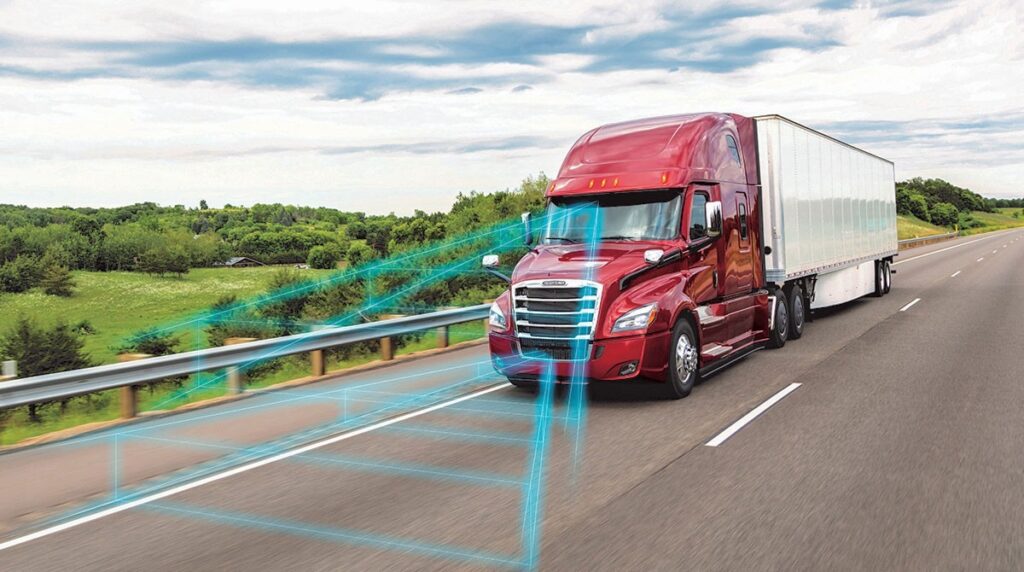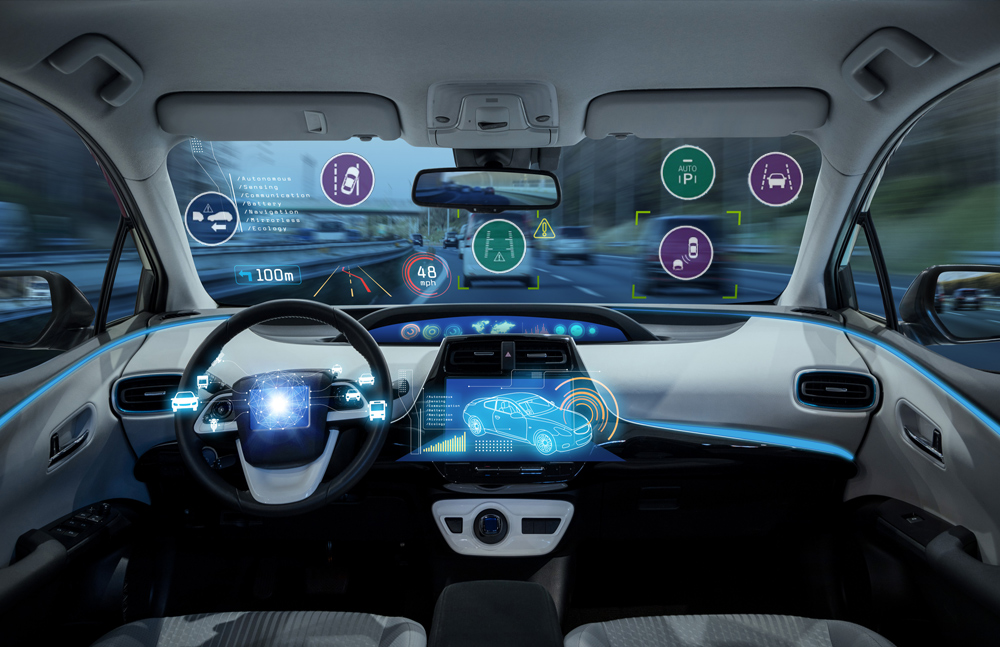Did you know that approximately 3,700 people die in road accidents globally every day?
In 2021, there were 8,730 fatalities recorded in just the first quarter. Road safety is the number one concern for fleets; tech companies that offer peace of mind by reducing the number of accidents on the road retain inherent value for fleet managers.
Advanced Driver Assistance System (ADAS) technology can help reduce your fleet’s chances of causing, or being involved in, vehicular accidents. ADAS has advanced safety features to benefit both commercial and private vehicles and is revolutionizing fleet management in the process.
This article analyzes the benefits of ADAS technology, types of ADAS, and how you can leverage ADAS for your fleet.
What is ADAS?
Chances are that your vehicle already uses ADAS in some capacity. ADAS is a general umbrella term for technologies that help people with driving, parking, and safety functions, including:
- Automatic emergency braking
- Adaptive cruise control
- Blind spot detection
- Forward-collision warnings
- Lane departure warnings
- Video monitoring
ADAS is constantly evolving, and fleets are quick to adapt. According to research, 73% of class 8 vehicles have adopted ADAS technologies.
ADAS Features
ADAS features are either active or passive. Passive features alert the driver to change conditions. The alerts can be visual, auditory, or haptic (creating the experience of touch).
Blind-spot monitors and object detection features are examples of passive ADAS. An example of active ADAS might involve an advanced warning of an impending incident; if the driver doesn’t respond, the ADAS would intervene to mitigate the collision. Intervention can range from slowing down the vehicle to automatic braking or helping the driver to steer by means of a virtual “lane assistant”.

Types of ADAS
According to the AAA, there are currently more than 20 ADAS features available in both personal and commercial vehicles, with new features coming to market almost daily. The common ADAS employed by the fleet management industry include:
Blind Spot Detectors
Blind spot detectors use sensors to identify vehicles either to the rear of your vehicle, or on the sides. Monitors alert the driver through a visual cue, an audible warning, or a haptic steering wheel signal.
Collision Avoidance System
Collision avoidance systems help drivers reduce the likelihood of an accident by bringing the vehicle to a halt when an obstruction is detected. Collison avoidance systems can be both rear and forward-facing.
An example of a forward-facing system is autonomous emergency braking. These systems detect risks of forward collisions, warn the driver and apply brakes if it detects hesitation.
Driver Drowsiness Detection
This ADAS uses a driver-facing camera to detect fatigue or distraction, ensuring the driver remains attentive on the road.
Lane Departure Warning System
A camera sensor located on the vehicles’ windshield helps prevent collisions due to unexpected lane departures by advising the driver that their vehicle is unintentionally leaving their lane..
Adaptive Headlights
Adaptive light controls improve visibility when light is less than optimal, such as evening or twilight. Examples of this functionality include headlights that rotate according to the driver’s perspective or always remain illuminated.

Pedestrian Detection
These detectors prevent accidents by alerting a driver to the presence of a pedestrian either in front of their vehicle or behind it, such as when the driver is parking.
Similarly, night vision ADAS technology helps the driver perceive objects beyond the headlights. It helps to prevent accidents with pedestrians in low-light areas using thermal imaging to detect temperature differences.
Parking Assistance
A parking assistant is standard in most vehicles today. The technology uses haptic, audio and visual detections to warn the driver of approaching obstructions.
Some vehicles are enabled with driverless active parking mode to help drivers negotiate tight parking spaces.
Adaptive Cruise Control
This ADAS feature controls a vehicle’s speed and distance using camera sensor data and radar sensors.
Lane Keeping Assistance
Similar to the lane departure systems we discussed earlier, this virtual technology provides drivers with side-to-side automated steering help. They also help drivers with lateral automatic steering assistance as they leave a lane.
Benefits Of ADAS in Managing Your Fleet
According to the AAA, ADAS features can prevent up to 63,000 truck collisions annually. In addition, ADAS works with video telematics to monitor your drivers’ behaviour when on the road.
The integration captures data and video signals based on your ADAS and automotive sensors. As a result, you can easily identify new or risky driving behaviours. You can use the data to coach your drivers and help them improve.
ADAS can also prevent collisions, or at the very least reduce their severity. You can use the integrated data to improve your CSA scores, enhance compliance and exonerate drivers from expensive insurance claims.
Why AI Dash Cams Are One of the Most Effective ADAS for Commercial Fleets
AI dashcams are driver monitoring assistants; they can detect when the driver is distracted, when they’re tired, and when they engage in dangerous behaviours. AI dash cams have pre-defined triggers that see any risky behaviours and alert you to their presence.
Dash cams provide drivers with real-time audio warnings while segmenting and tagging recorded incidents, allowing you to monitor your fleet from your cloud management portal.
Everyone develops bad habits over time. AI data equips your drivers with the skills to undo bad habits while mitigating future consequences. Data can also be leveraged to execute e-training modules, which can be shared with your drivers to help them develop good skills and increased confidence on the road.

The Future of ADAS
Advanced Driver Assistance Systems save lives. They enhance passenger, pedestrian, and driver safety and make driving more convenient.
ADAS is arguably the future of fleet management. At ZenduIT, we’ve embraced this technology, and have the automated business and vehicle solutions you’re looking for.
Contact ZenduIT today to see how ADAS can benefit your fleet and your business operations.







































